"Larch n°2": the birth of a giant
- Michel BASSOMPIERRE
- Aug 24, 2023
- 2 min read
From 1 February to 31 March 2023, the Boulevard Haussmann will play host to Michel BASSOMPIERRE's "Fragile Colossi". Eleven monumental works will be exhibited on the famous Parisian avenue, in partnership with Galeries Bartoux and the Comité Haussmann.

The centrepiece of the exhibition, "Larch No.2", 4 metres high, is currently being created in the AR Sculpt workshops.
Here's a look back at the process of creating a monumental sculpture, from the scan of the plaster cast to its arrival at the exhibition venue...
Scanning the original
Once finalised, the original plaster work, here covered in its primer, is scanned to obtain a 3D file.
Machining
Blocks of polyurethane foam are machined from this file.
The density of this foam will depend on the subsequent use of the part. If the part is to be used as a mould for future resin prints, it will be used only once, and a density of 35kg/m3 will suffice. If, on the other hand, it is to be sent to a foundry for sand casting of 12 prints, a density of 250 kg/m3 will be required.
As here with 'Le Dominant n°5', blocks of PU foam are machined using CNC milling machines.
The various blocks are then glued together to reconstitute the sculpture in its entirety.
The mould
A fibreglass mould is made from this machining. Made up of multiple layers, it forms a hard shell in which resin prints can then be made.
The mould is made up of different parts. The more complex the sculpture, the more parts are needed to make it up.
Printing
Different layers of resin and fibreglass are applied to the inside of the mould, up to a thickness of 4 or 5 millimetres. The different parts of the sculpture are then welded together.
Weighing 200 kg overall, Larch No. 2 has metal elements in the legs to ensure its solidity.
Sanding and touching up
Once the piece has been removed from the mould, certain details need to be reworked, such as the eyes and legs. This phase also allows the curves to be perfected.
Primer
This gives a smoother finish.
Painting
This phase requires several coats of primer, paint and varnish. Between each stage, long hours of sanding are required.
Here, "Abeilles n°1" is being painted by the Color Maker studio.
After a few hours drying in the booth to reduce the shine of the varnish, the monumental sculpture is finally ready to go on show.
It is as solid as the hull of a small boat, and its paint is as resistant as that of a car. So it stands up well to the elements. It fears only one thing: scratches caused by a sometimes indelicate public...
Transport
Moving monumental works of art requires great care and the use of large lorries.




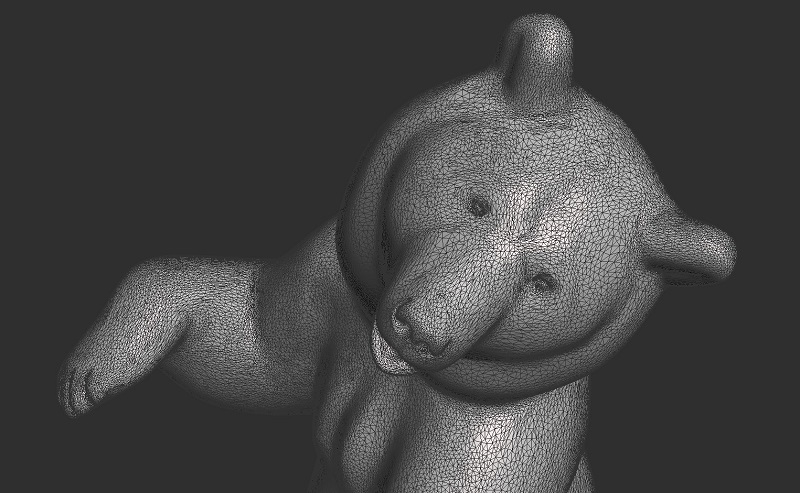















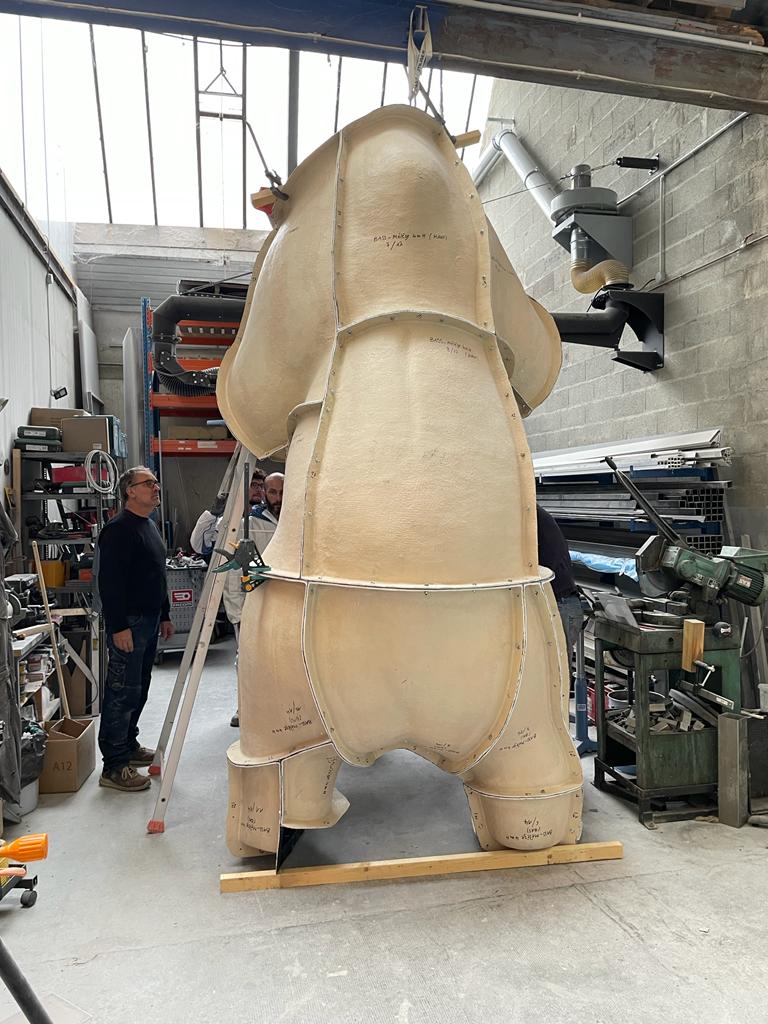
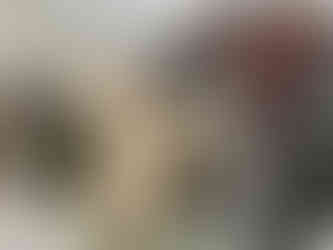








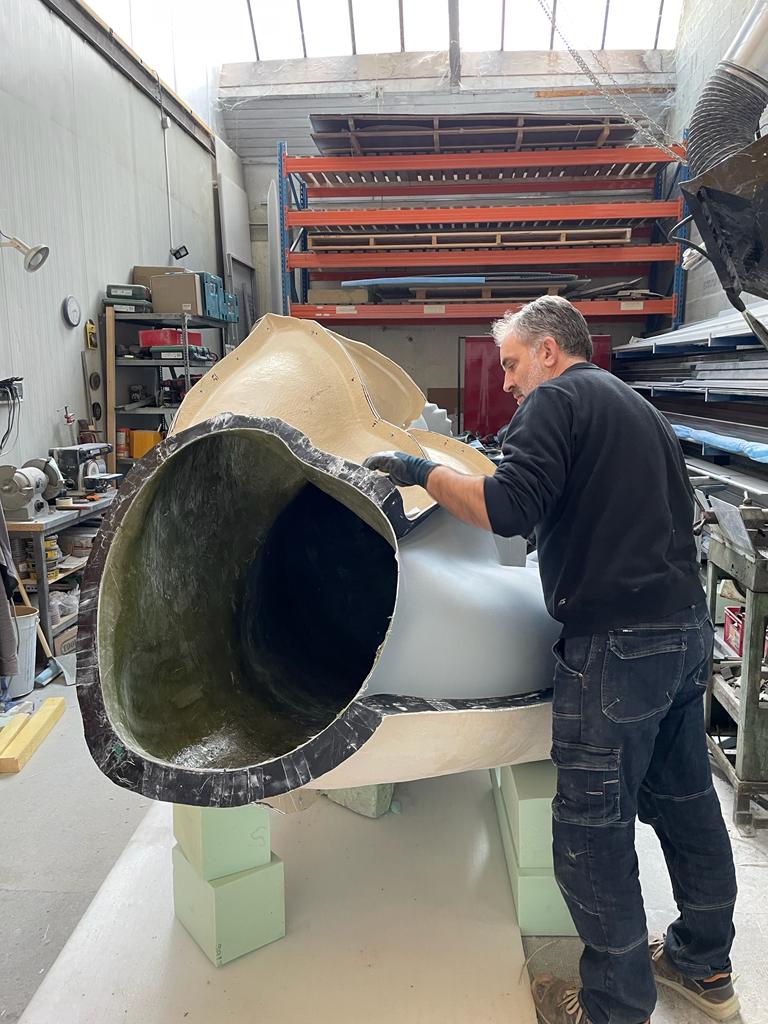














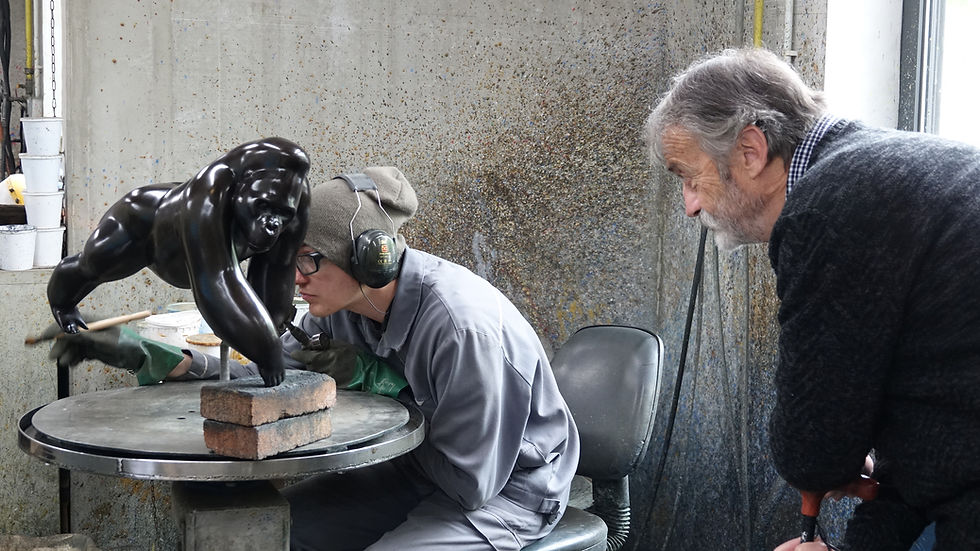

Comments